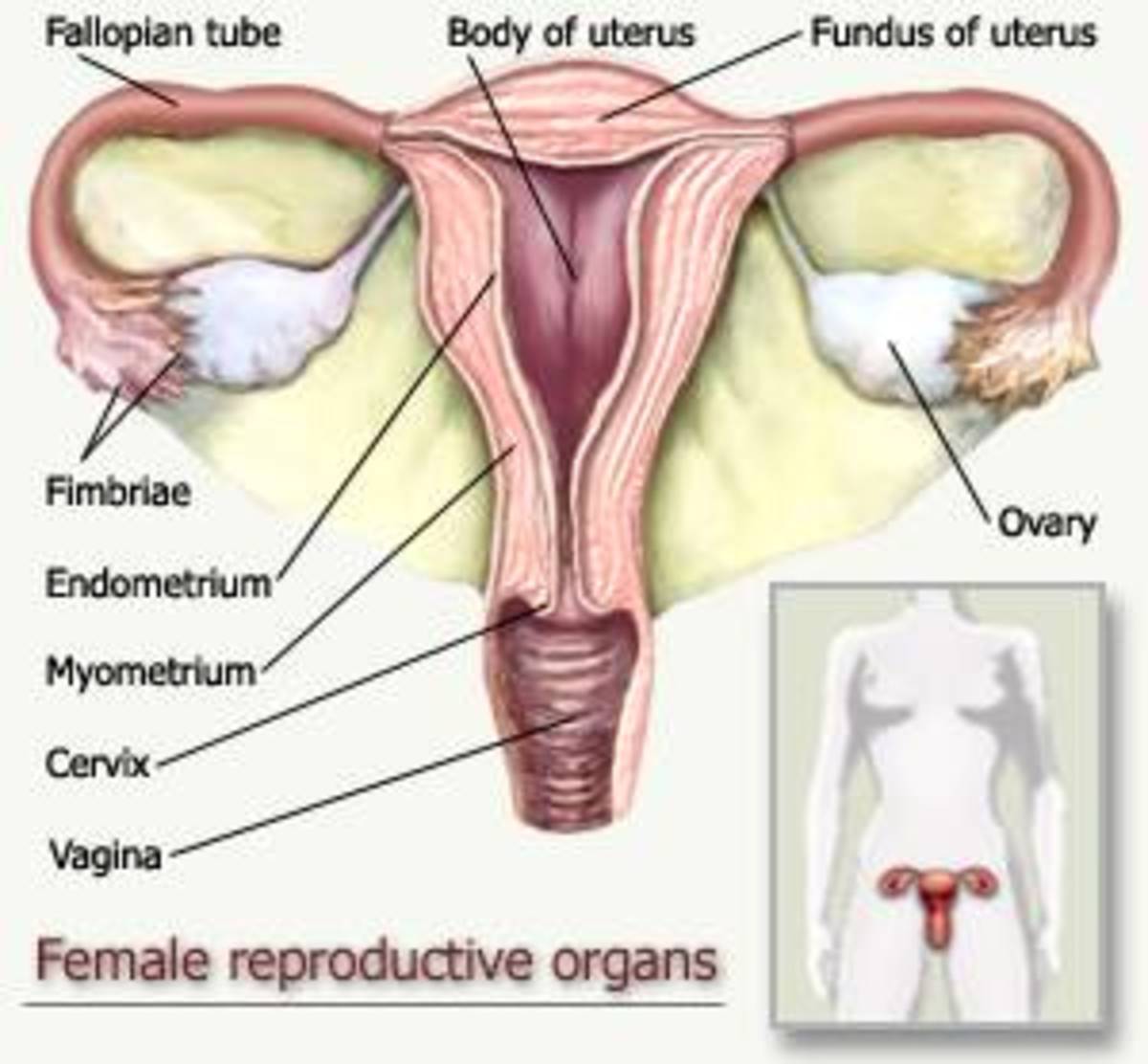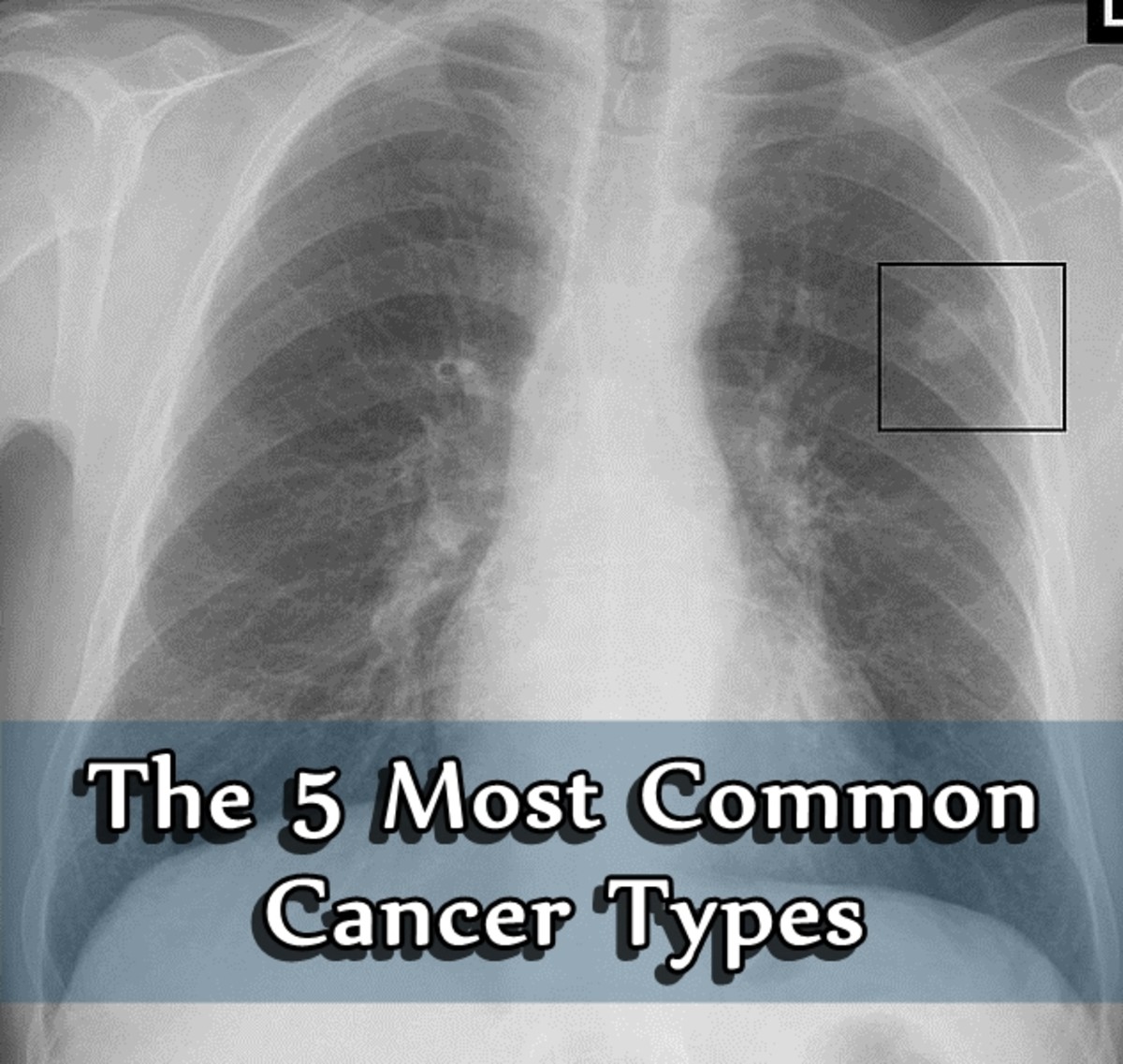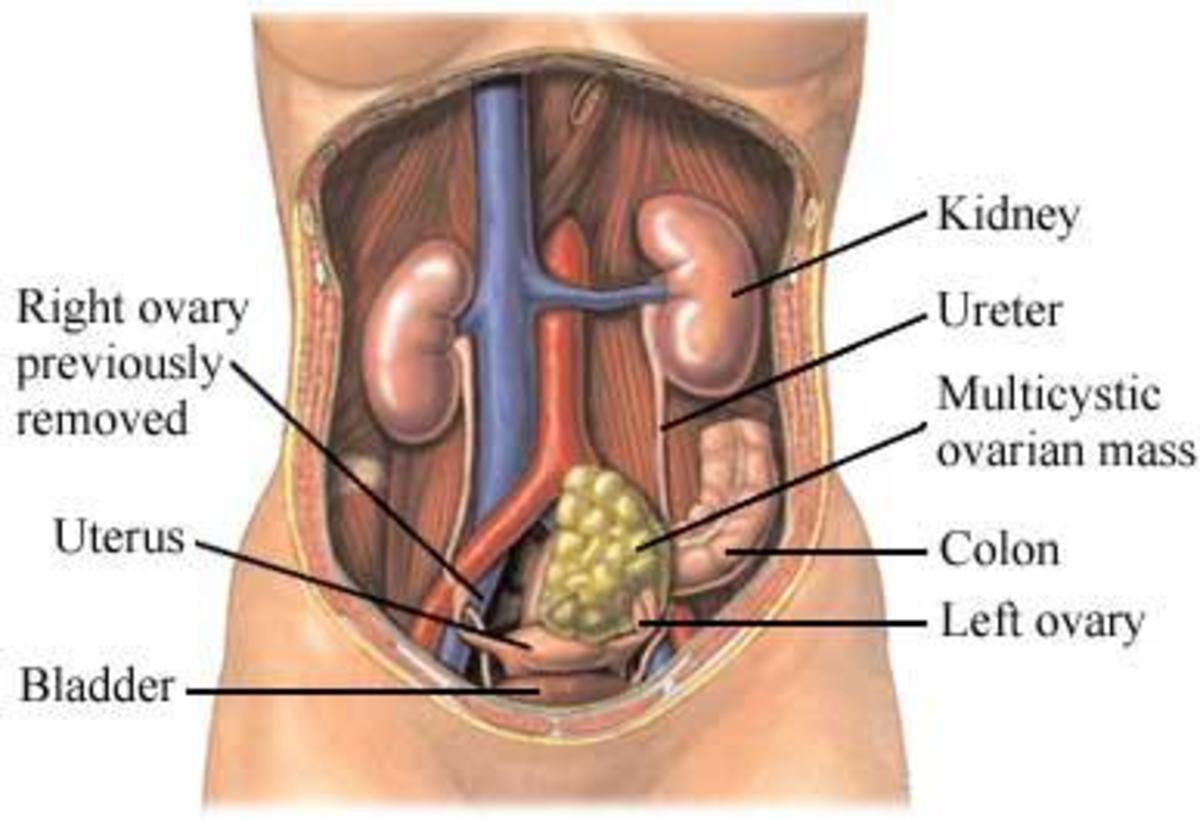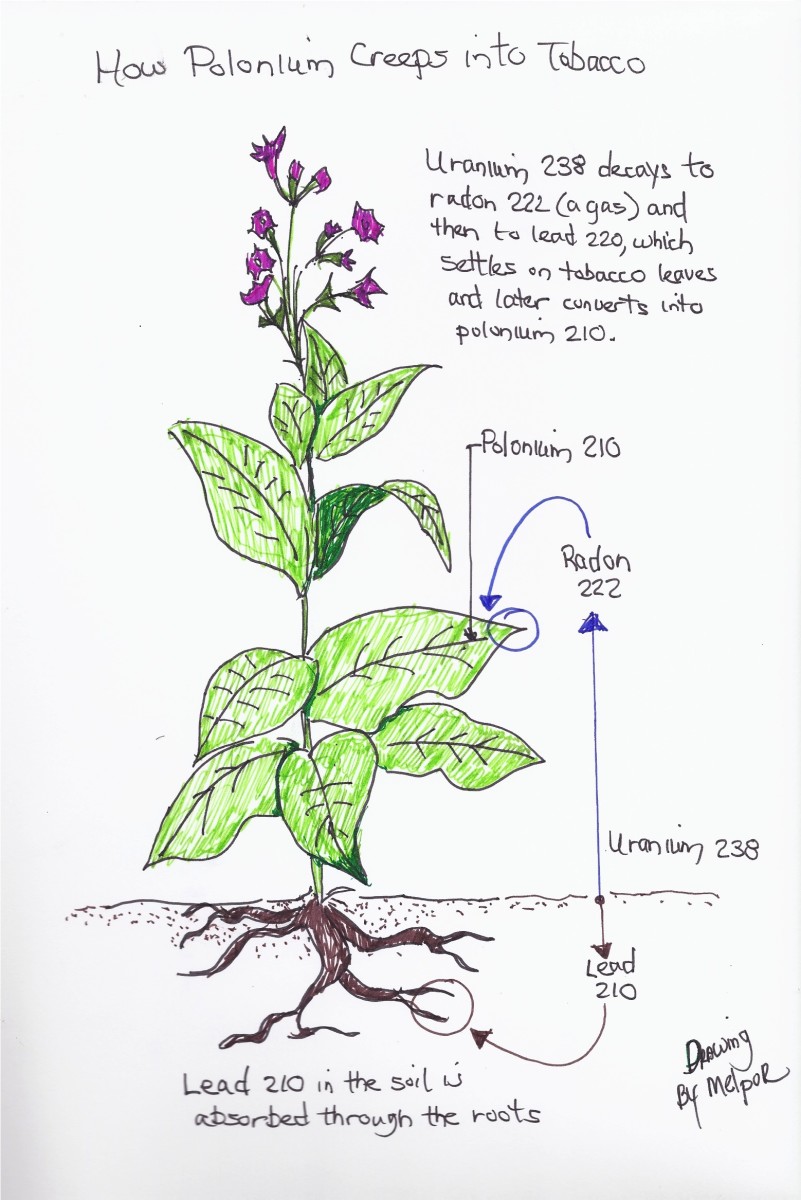Ovarian Cancer Facts

Ovarian Cancer:Defined
According to the text, Understanding Pathophysiology 3rd edition, cancer is an overgrowth of useless tissue that is not affected by normal human body physiology and is one of the leading adult diseases of the western world with risk factors that increase dramatically with age. The disease is very complicated and research geared toward its understanding is ongoing.
Researchers say that cancer is actually not a single disease bur a collection of many different diseases that all begin and spread due to an alteration of mutation in genetic factors and is influenced by the modifiable risk factors of environment and lifestyle. Carcinogenesis is caused oncogenes, which are mutant genes that aid in the spread by causing abnormal acceleration in proliferation (multiplication of cells) and tumor suppressor genes that are proteins that fail to slow or stop proliferation as they are designed to do. Cancer cells are typed according to their place of origin. Terato cells arise from germ cells or cells that form reproductive organs. Adenocarcinoma arises from glandular or ductal epithelium, sarcoma stems from connective tissue and carcinomas begin in endothelial and epithelial tissue.
Ovarian cancer accounts for 5% of all female cancer deaths and is the cause of more deaths than any other of the reproductive system. This cancer is linked with increased age, family history of breast cancer, infertility, prolonged use of fertility drugs without becoming pregnant, early start or late end of menstral cycle, no interruptions in ovulation before the age of thirty and genetic predisposition. Risk is decreased by events that interrupt ovulation such a pregnancy, breast-feeding and use of birth control pills (Huether, McCane, 2004).
Cancer of the ovaries comes in three forms. 90% of cases come in the form of epithelial tumors with the rest being germ cell and stromal tumors. As with other cancers, metastasis usually is accomplished by extension, seeding, or traveling through the blood and lymph system. Another avenue for metastasis of ovarian cancer is through the diaphragm into the chest wall, which can result in pleural effusion (fluid build up in the area between the lungs and chest). In contrast with other cancers, a palpable mass is usually not present and localized pain is not an associated symptom unless the disease has extensive progression (Understanding Pathophysiology 3rd ed).
Pathology of Ovarian Cancer

Pathology of this disease is described to be 90% of cases resulting from changes in ovarian surface epithelial cells of woman 45 years or older with the other 10% arising from theca or germ cells of the ovarian stroma of younger women. The pattern and progression of this type of cancer starts from a single normal cell that changes to one that has genetic malformations to include amplification or deletion of several chromosomes. The loss of tumor suppressor genes and activation of oncogenes also occur as part of this progression, which eventually leads to a spread of cancer to the intra-abdominal region into the surface of the peritoneum (abdominal area lining). Most cases of ovarian cancer do not appear to be inherited and occur sporadically. Facts show that only 5-10% of cases are genetically imposed and most of these cases are linked to mutations of BRCA1, which is the breast cancer susceptibility gene (Huether, McCance, 2004).
The breast cancer susceptibility gene, BRCA1, is a dominant gene located on chromosome 17 and its mutations have been associated with 50% of all inherited breast cancer cases, especially when a family history of both breast and ovarian cancer is present. Women 40 years of age that have this gene have a risk for developing breast cancer that is 20 times greater in comparison to the general population and will have an increased risk over their lifetime of 60 to 85%. The risk of possessing this gene is not limited to breast cancer alone but includes a higher risk for ovarian cancer because BRCA1 is a tumor suppressor gene and with its mutation, can be inhibited. This process will allow cell proliferation to accelerate uncontrolled until metastasis develops. Due to the precences of this gene, cancer can form in either the breast or ovaries or may even develop in both area at the same time even in symptoms do not exist in both areas (Huether, McCance, 2004).
Symptoms of Ovarian Cancer

Symptoms of ovarian cancer are general and are not localized to a specific point of origin until the disease has spread from the original site. In progressed stages, the major symptoms of pain and swelling in the abdominal region start in the are of the primary ovary mass. Other symptoms include sensations of pelvic and leg pain as well as dyspepsia, vomiting and change in bowel habits due to the obstruction of the cancer mass. If the cancer tumor is one that secretes hormones such as estrogen or if ulcerations occur due to tumor location, postmenopausal bleeding can occur. Tumors can also secrete ADH (Antidiuretic Hormone), which can result in another vague symptom of ovarian cancer known as ascites (fluid accumulation in the abdominal cavity). Even if the tumor has not metastasized, systemic manifestations can still occur and include cellular damage due to tissue inflammation of the stress response, and wasting of brain tissue due to elevation of certain hormones (Mayer, Kowalak, 2002 p.1335).
Diagnosis and Treatment

Diagnosis is difficult due to the fact that no specific symptoms are present until the disease has greatly progressed causing the individual not to seek medical treatment. CT scan, ultrasound and MRI are used to locate tumors, which then leads to a diagnosis. Upper GI series (x-rays), mammography, lymphography, intravenous pylogram and barium enema are all tests used to determine extent of progression. Staging goes from I to IV and also includes a recurrence stage. Stage I depicts cancer that is limited to the ovaries, stage II involves one or both ovaries and goes into the pelvic region, stage III involves one or both ovaries and one or both of the following: spread beyond pelvis into the abdominal lining or spread into the lymph nodes and stage IV involves one or both ovaries and distant metastasis. Recurrence is the stage that refers to presence of cancer after treatment has been completed (Huether, McCance, 2004).
The most used and effective type of treatment for this form of cancer is surgery to remove as much of the affected tissue as possible. Radiation is administered for remaining affected tissue after surgery for tumors less than 2cmin size, which have not metastasized to the liver or kidneys. Chemotherapy may also be used depending on the extent of the disease (Huether, McCance, 2004).
In my research I have found that the diagnostic tests and therapies for ovarian cancer are consistent with that of other cancers with improvements in both being accomplished through continued extensive research. This extensive research includes investigation of the elements that aid in the disease progression as well as aspects that can halt the advancement or even prevent occurrence by better pinpointing genetic predisposition along with modifiable risk factors. More knowledge in these areas as well as better understanding of the physiological changes that occur in the body to allow cancer to develop, grow and metastasize will greatly advance the fight against ovarian cancer.
New Findings On Symptoms Of Ovarian Cancer
Survivor Shares Her Personal Experience
- Amazon.com: Cancer Be Gone: RN, CHt Sharon M. O'Connor: Health & Personal Care
Amazon.com: Cancer Be Gone: RN, CHt Sharon M. O'Connor: Health & Personal Care
References
References
Huether, Sue E., McCance, Katheryn L. (2004). Understanding Pathophysiology 3rd ed.
Missouri: Mosby
Mayer, B. & Kowalak, J. P., (Eds.) (2002)
Illustrated Manual of Nursing Practice 3rd ed. Pennsylvania: Lippencott Williams & Wilkins








